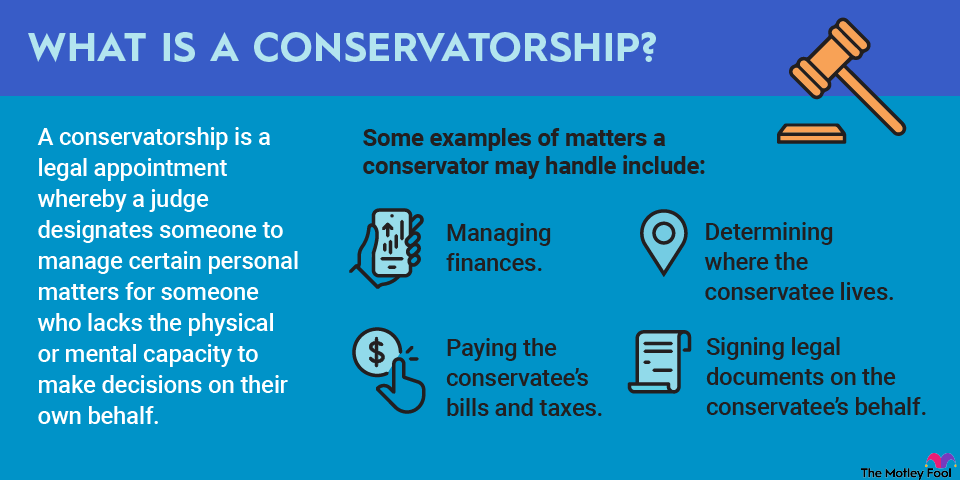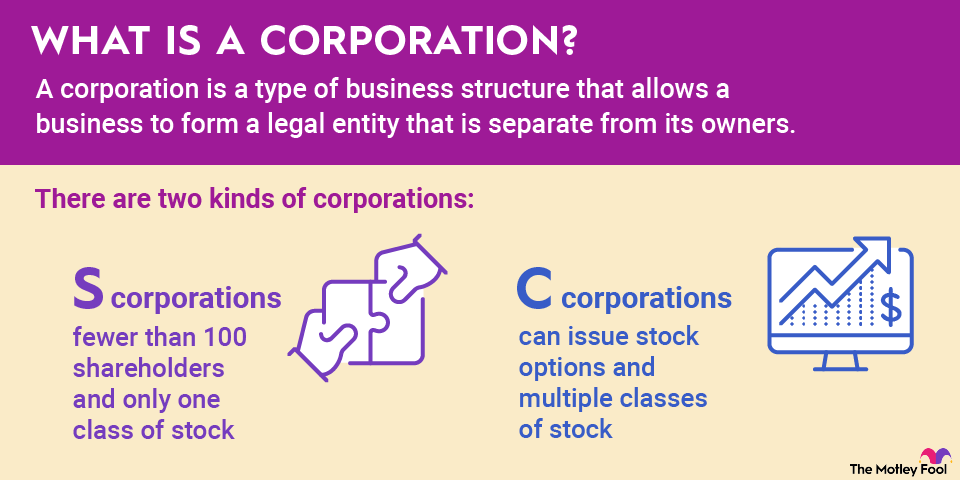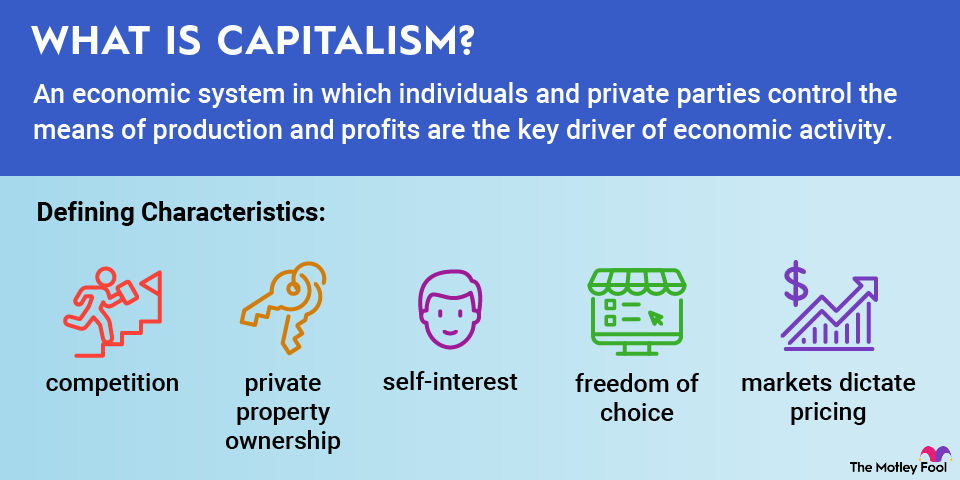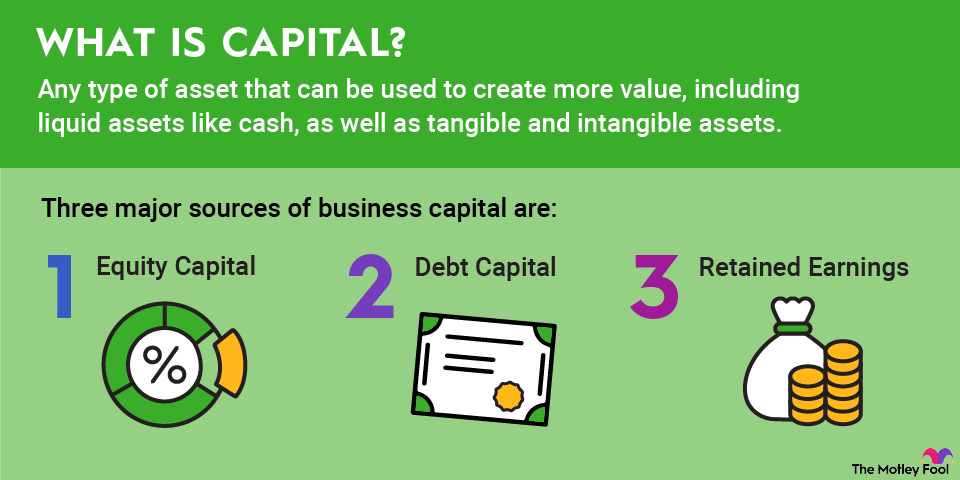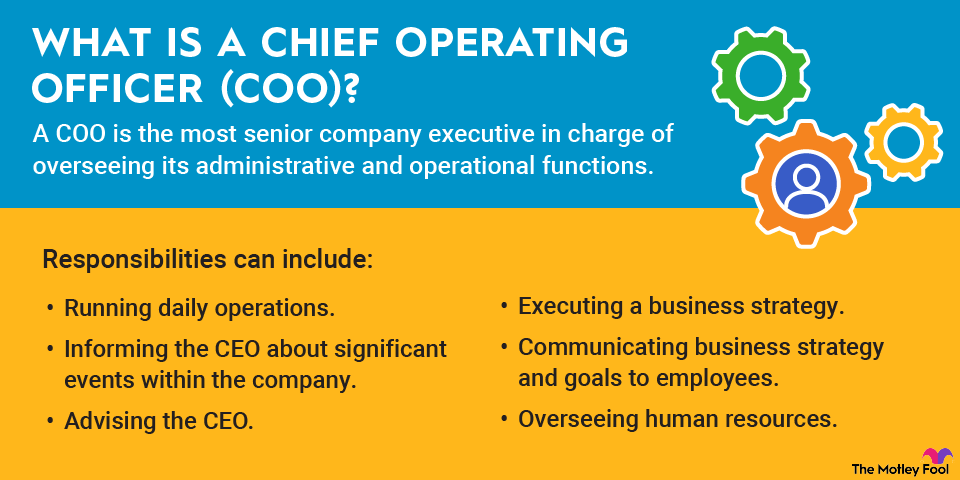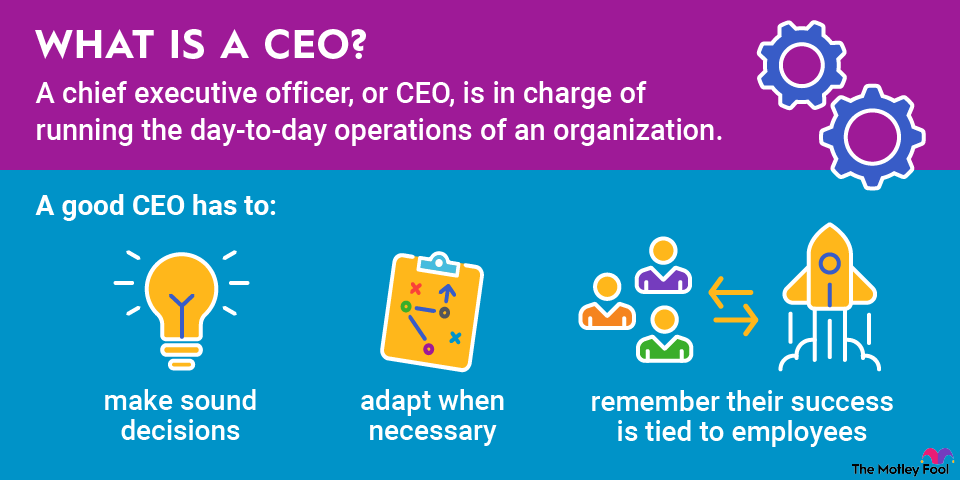A collective investment trust (CIT) is a way to pool investments and save on costs while streamlining management. In many ways, it's similar to a mutual fund but with some distinct differences. But what are they exactly? Let's break it down below.

What is a collective investment trust (CIT)?
A collective investment trust (CIT) is a pooled investment vehicle, similar to a mutual fund, that is available exclusively to certain qualified investors, such as retirement plans. CITs are managed by banks or trust companies and are designed to streamline investments while minimizing costs. By combining assets from multiple investors, CITs offer a diversified portfolio that is cost-effective and tailored for institutional investors like 401(k) plans.
Unlike mutual funds, CITs are not publicly traded or regulated by the Securities and Exchange Commission (SEC). Instead, they are overseen by the Office of the Comptroller of the Currency (OCC) and are available only to certain qualified investors. They are typically found in retirement accounts, where they offer custom-designed solutions and lower expenses compared to publicly available funds.
Why collective investment trust (CITs) matter
Lower costs and customization
The most significant advantage of CITs is their lower cost structure. Designed for institutional use, they have fewer fees than mutual funds, avoiding marketing and distribution costs, which makes them more affordable for retirement plans. CITs also provide the flexibility for trustees to create customized investment strategies for specific needs. These strategies might focus on particular asset classes, environmental, social, and governance (ESG) principles, or specific risk levels, offering a personalized approach to portfolio management. Below are some examples of the types of CITs that are available to qualified investors:
- Equity CITs
- Fixed-Income CITs
- Balanced or Multi-Asset CITs
- Target-Date CITs
- ESG-Focused CITs
- Stable Value CITs
- Real Estate CITs
- Sector-Specific CITs
- Global or International CITs
- High-Yield Bond CITs
Professional oversight and exclusivity
CITs are managed by banks or trust companies, meaning there is professional oversight and compliance with fiduciary standards. This streamlined management helps allocate investments efficiently while staying within legal requirements. However, their availability is limited to qualified investors, like retirement plans, which gives them an exclusive angle, but makes them less familiar to individual investors.
How to evaluate and use CITs
For employers and plan sponsors
If you manage a retirement plan, CITs can be a cost-effective way to improve the value you offer participants. These investment vehicles typically have lower fees than mutual funds because they avoid marketing and public distribution costs. For example, a small business offering a 401(k) plan could switch from a mutual fund with a 1% expense ratio to a CIT with a 0.4% ratio, saving participants hundreds of dollars annually in fees. By consulting with a financial advisor or trustee, you can determine which CIT options align best with your plan’s objectives, such as stable-income funds for conservative employees or growth-focused CITs for younger workers.
For retirement plan holders
As a retirement plan participant, you may already be invested in CITs without realizing it. Unlike mutual funds, CITs don’t have ticker symbols or appear in public databases, which can make them less visible. Check your plan’s investment options and review the associated expense ratios or descriptions to identify any CITs. For example, a CIT targeting U.S. equities might deliver similar performance to a mutual fund but with lower fees, resulting in more of your money being invested instead of going toward management costs.
Related investing topics
Example of CITs in action
Let's use an example of Wheat of the World, a midsized agricultural trading company offering a 401(k) plan to its employees. To provide better investment options, the plan sponsor incorporates a collective investment trust focused on commodities and agricultural equities. This CIT pools contributions from all participants and avoids the marketing and distribution fees typically associated with mutual funds. Instead, the trust invests in a professionally managed, diversified portfolio of agricultural-related assets, such as farming technology companies, grain exporters, and fertilizer manufacturers.
Over time, employees benefit from lower fees and the strategic oversight of professional managers who align the investments with industry trends, like increasing global demand for wheat or advancements in agricultural technology. The CIT’s tailored focus supports employees’ retirement savings growth and reflects the company’s core industry, making it a win-win situation for both the employees and the company.
